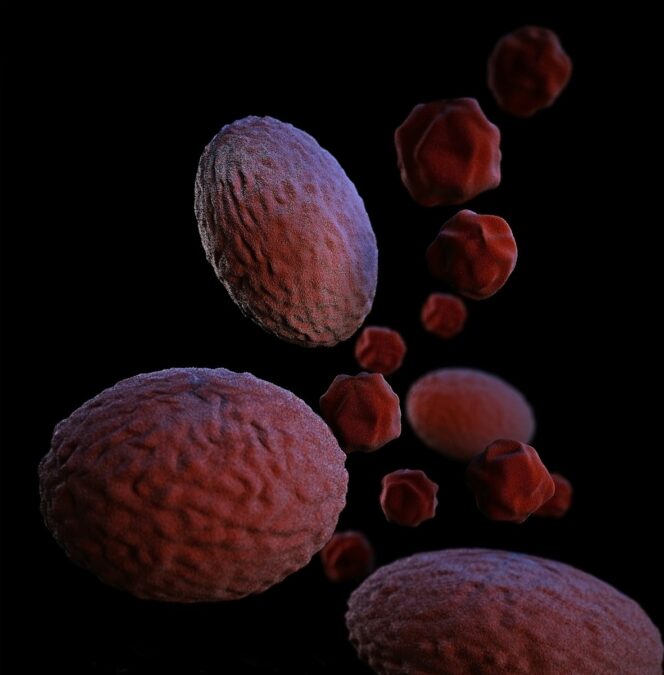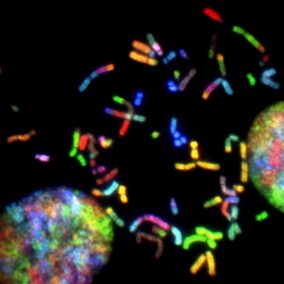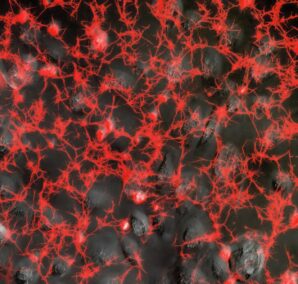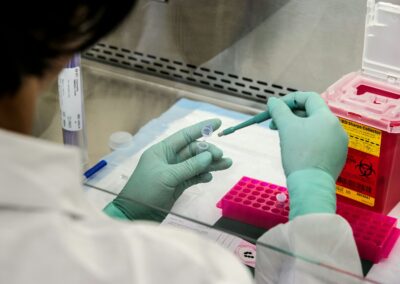Transformative Potential of Gene Editing in Combating Sickle Cell Disease
Introduction to Gene Editing Technologies for Sickle Cell Disease
Gene editing technologies for sickle cell disease have emerged as a groundbreaking field in modern medicine, offering promising avenues for curing this debilitating genetic disorder. Sickle cell disease (SCD) affects millions worldwide, particularly in regions such as Saudi Arabia and the UAE, where the prevalence is notably high. This hereditary condition, characterized by abnormally shaped red blood cells, leads to severe pain, frequent infections, and chronic health complications. However, the advent of gene editing technologies like CRISPR-Cas9 has revolutionized the approach to treating SCD, providing hope for effective and lasting solutions.
Gene editing technologies involve precise modifications to an individual’s DNA, aiming to correct genetic defects at their source. In the context of sickle cell disease, these technologies target the faulty hemoglobin gene responsible for the misshapen red blood cells. By editing this gene, scientists can potentially restore normal hemoglobin production, thus alleviating the symptoms and health issues associated with SCD. The precision and efficiency of CRISPR-Cas9, in particular, have positioned it as a frontrunner in genetic therapy, enabling researchers to make targeted changes to the DNA with unprecedented accuracy.
In recent years, significant strides have been made in clinical trials and research focused on gene editing for sickle cell disease. Early results have shown remarkable potential, with some patients experiencing significant improvements and, in some cases, complete remission of symptoms. As the technology continues to evolve and mature, it holds the promise of not only treating but potentially curing SCD, offering a new lease on life for those affected by this genetic disorder.
The Role of CRISPR-Cas9 in Treating Sickle Cell Disease
CRISPR-Cas9 has become a cornerstone of gene editing technologies for sickle cell disease, offering a precise and efficient method for correcting genetic abnormalities. This innovative technology utilizes a unique mechanism to identify and edit specific DNA sequences, effectively “cutting” out the defective gene and replacing it with a corrected version. The impact of this approach on sickle cell disease is profound, as it directly addresses the root cause of the disorder.
In Saudi Arabia and the UAE, where healthcare innovation is a priority, the implementation of CRISPR-Cas9 for sickle cell disease has garnered significant attention. Researchers and medical institutions in these regions are at the forefront of exploring and applying this technology to develop effective treatments. The collaborative efforts between scientists, healthcare providers, and policymakers aim to accelerate the integration of CRISPR-Cas9 into clinical practice, ensuring that patients with SCD have access to cutting-edge therapies.
One of the key advantages of CRISPR-Cas9 is its ability to offer a one-time, potentially curative treatment for sickle cell disease. Unlike traditional therapies that focus on managing symptoms, gene editing targets the underlying genetic defect, providing a long-term solution. This has significant implications for the quality of life of individuals with SCD, reducing the need for ongoing medical interventions and improving overall health outcomes. As research progresses, the hope is that CRISPR-Cas9 will become a standard treatment option for sickle cell disease, transforming the landscape of genetic therapy.
Overcoming Challenges in Gene Editing for Sickle Cell Disease
Despite the remarkable potential of gene editing technologies for sickle cell disease, several challenges must be addressed to ensure their widespread adoption and success. One of the primary concerns is the ethical and regulatory considerations associated with genetic modifications. Ensuring that gene editing is conducted safely, ethically, and within the bounds of regulatory frameworks is crucial for gaining public trust and acceptance. In regions like Saudi Arabia and the UAE, where medical advancements are closely monitored, establishing clear guidelines and ethical standards is a priority.
Another challenge lies in the technical aspects of gene editing. While CRISPR-Cas9 offers precision, there are risks of off-target effects, where unintended genetic changes could occur. Researchers are continually refining the technology to enhance its accuracy and minimize potential risks. Additionally, the cost of gene editing therapies remains high, posing a barrier to accessibility for many patients. Efforts are underway to develop cost-effective methods and ensure that these life-saving treatments are affordable and widely available.
Furthermore, the successful implementation of gene editing for sickle cell disease requires robust healthcare infrastructure and expertise. Training healthcare professionals to effectively deliver gene editing therapies and manage potential complications is essential. In the UAE and Saudi Arabia, significant investments are being made in healthcare infrastructure and education to support the integration of advanced medical technologies. These efforts aim to create a sustainable ecosystem where gene editing can thrive and benefit patients with sickle cell disease.
Future Prospects and Global Implications
The future of gene editing technologies for sickle cell disease holds immense promise, not only for individual patients but also for the global healthcare landscape. As research and clinical trials continue to yield positive results, the potential for expanding these treatments to other genetic disorders becomes increasingly feasible. The success of gene editing in treating SCD serves as a model for tackling other hereditary diseases, opening new avenues for medical breakthroughs.
In regions like Saudi Arabia and the UAE, the advancements in gene editing have the potential to significantly impact public health outcomes. By addressing the root causes of genetic disorders, these technologies can reduce the burden on healthcare systems, improve the quality of life for affected individuals, and drive economic growth through innovations in medical research and treatment. The commitment to fostering a culture of scientific excellence and innovation positions these regions as leaders in the global effort to combat genetic diseases.
Moreover, the collaborative nature of gene editing research fosters international partnerships and knowledge exchange. Scientists and medical professionals from around the world are working together to refine and implement these technologies, ensuring that the benefits are shared globally. The global implications of successful gene editing therapies extend beyond healthcare, influencing policies, ethics, and the future direction of medical science.
Conclusion: Embracing the Future of Genetic Therapy
In conclusion, gene editing technologies for sickle cell disease represent a transformative leap in medical science, offering hope for a cure to millions affected by this genetic disorder. The pioneering work being done in regions like Saudi Arabia and the UAE underscores the importance of innovation and collaboration in achieving medical breakthroughs. As we continue to explore and refine these technologies, the potential for curing sickle cell disease and other genetic disorders becomes increasingly attainable.
The journey towards widespread adoption of gene editing therapies involves overcoming technical, ethical, and logistical challenges. However, the progress made thus far is a testament to the dedication and ingenuity of researchers and healthcare professionals worldwide. By embracing the future of genetic therapy, we can envision a world where genetic diseases are no longer a burden, and individuals can lead healthier, more fulfilling lives.
The promise of gene editing technologies for sickle cell disease is a beacon of hope, illuminating the path towards a future where medical science can eradicate hereditary disorders. As we advance towards this goal, the collective efforts of the global scientific community, supported by innovative regions like Saudi Arabia and the UAE, will be crucial in realizing the full potential of genetic therapy.
#geneediting #sicklecelldisease #genetictherapy #CRISPR #healthcareinnovation #medicalbreakthroughs #geneticresearch #SaudiArabia #UAE #Dubai #Riyadh























